The alarming thud of a bird hitting your window is a sound that can startle even the most composed homeowner. Each year, hundreds of millions of birds suffer from window collisions in the United States alone, with many of these incidents proving fatal. When a bird crashes into your window, your immediate response can make the difference between life and death for these delicate creatures. This article provides comprehensive guidance on how to respond effectively to this unfortunately common occurrence, helping both the distressed bird and providing you with the knowledge to prevent future collisions.
Understanding Why Birds Fly Into Windows
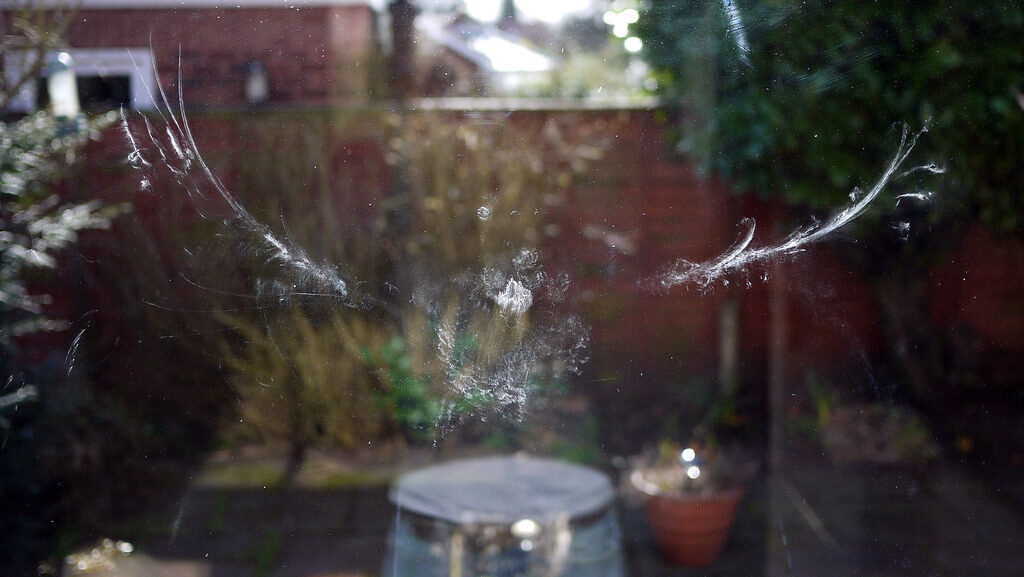
Birds collide with windows primarily because they cannot perceive glass as a solid barrier. During daylight hours, windows often reflect the surrounding landscape, trees, and sky, creating an illusion of continuous habitat that birds attempt to fly through. At night, illuminated windows can disorient nocturnal migrating birds, drawing them toward artificial light sources. Seasonal factors also play a role, with collision rates typically increasing during spring and fall migrations when unfamiliar birds are passing through areas. Additionally, territorial birds may attack their own reflection during breeding season, mistaking their image for a rival competing for their territory.
Immediate Steps When a Bird Hits Your Window
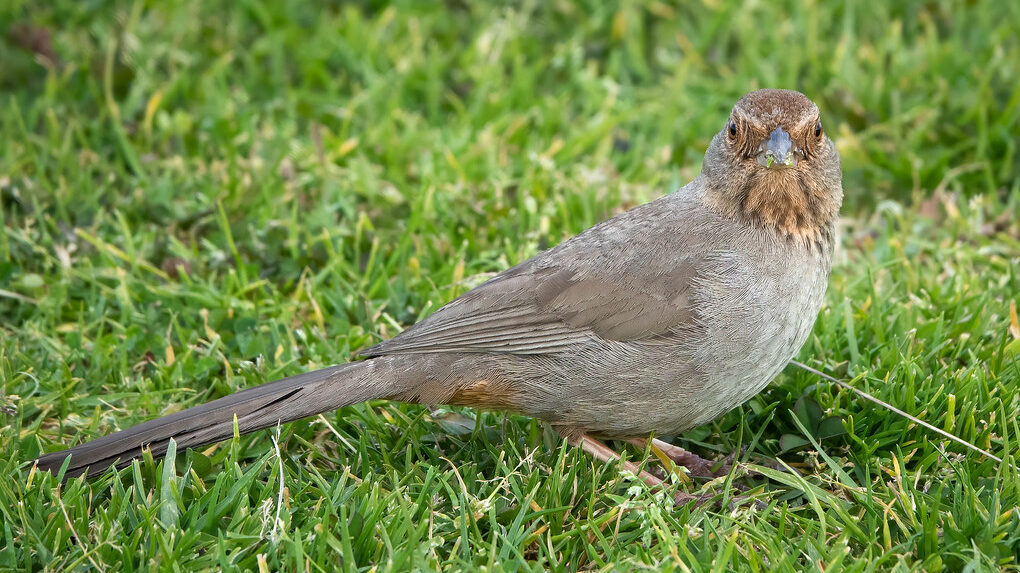
When you hear the distinctive thud of a bird collision, time is of the essence. First, locate the bird, which may have fallen directly below the window or a short distance away. Approach quietly and cautiously to avoid causing additional stress to the already traumatized creature. Observe the bird’s condition from a distance initially—if it appears alert and uninjured but stunned, it may recover on its own within minutes. However, if the bird is visibly injured, lying on its side, bleeding, has an obvious wing droop, or appears unconscious, more intervention will be necessary. Remember that even seemingly minor collisions can cause internal injuries not immediately apparent to untrained observers.
Creating a Safe Recovery Environment
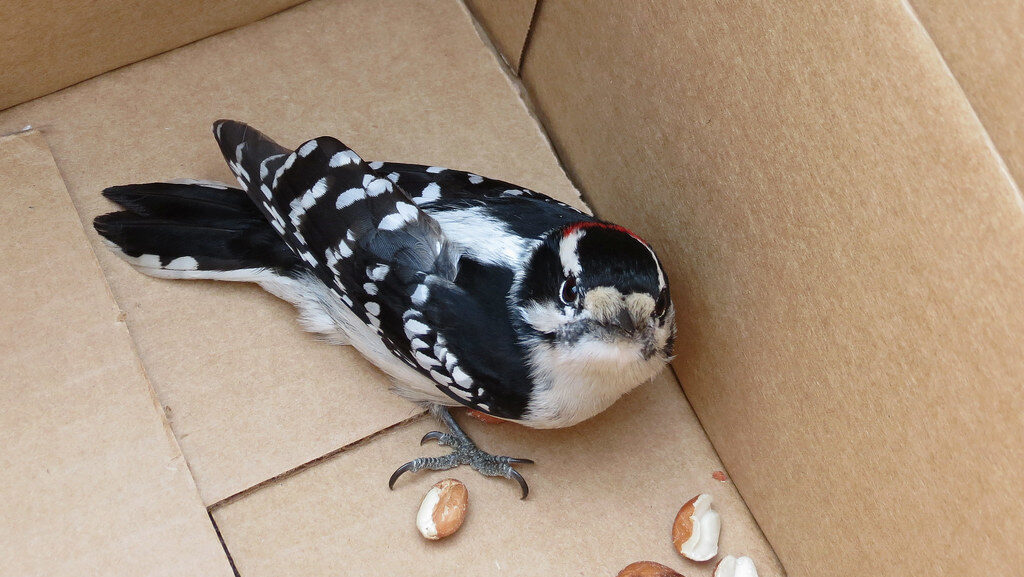
A stunned bird needs protection from predators during its vulnerable recovery period. Gently place the bird in a small cardboard box lined with a soft cloth or paper towel, ensuring there are small air holes for ventilation. The box should be just large enough to allow the bird to stand up and turn around but not so spacious that it might injure itself with excessive movement. Place the box in a quiet, dark, and warm location away from pets and human activity. The darkness helps calm the bird while the warmth aids its recovery, as shock can cause body temperature to drop. Avoid using wire cages, as panicked birds may further injure themselves by flying against the bars.
Handling an Injured Bird Safely
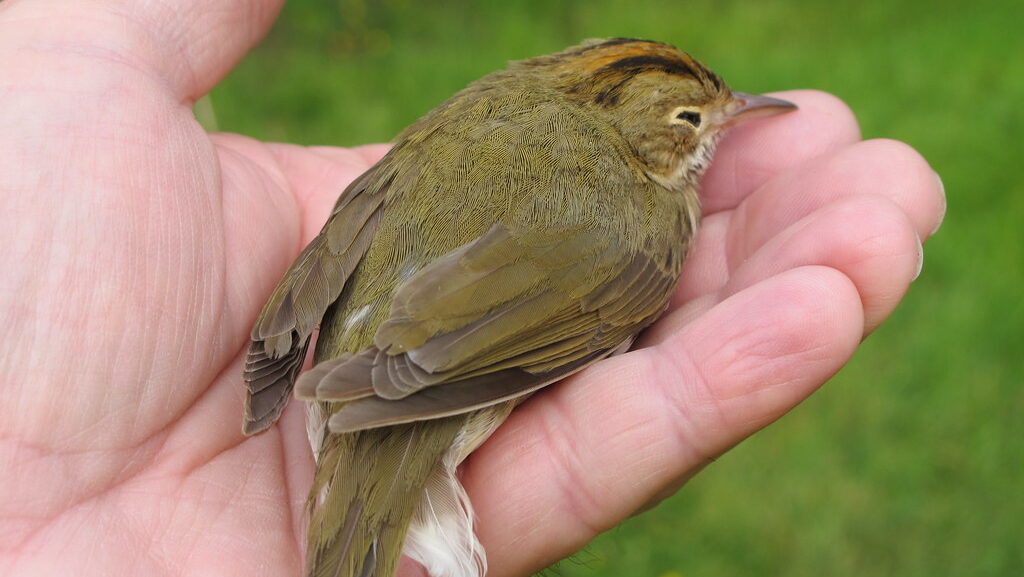
When handling an injured bird, your own safety and the bird’s wellbeing are equally important. Always wear gloves to protect yourself from potential diseases and parasites, while also preventing your skin oils from damaging the bird’s feathers. Approach the bird from behind and gently cover it with a lightweight towel before scooping it up, keeping its wings close to its body to prevent further injury. Hold the bird firmly but gently, avoiding pressure on its chest that could restrict breathing. Never attempt to force-feed or give water to an injured bird, as improper technique can lead to choking or drowning. Handle the bird minimally and keep noise and movement around it to a minimum to reduce stress.
Monitoring the Bird’s Recovery
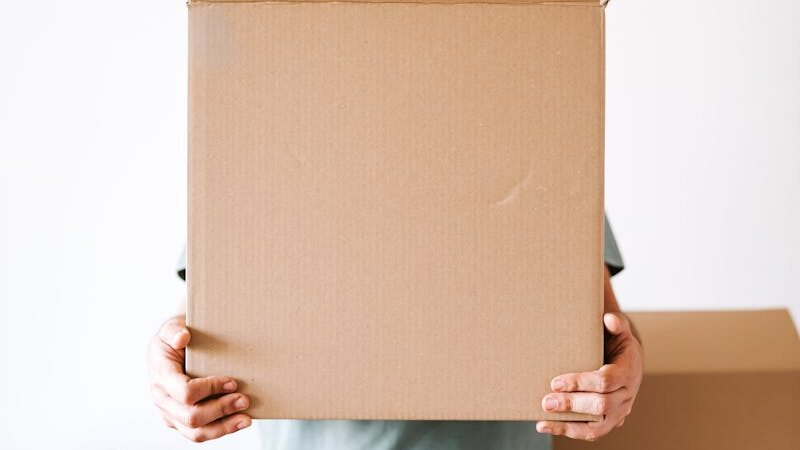
A stunned bird typically needs about two to three hours to recover from the shock of collision. During this time, refrain from checking on the bird frequently, as disturbances can increase stress and hamper recovery. After the waiting period, take the closed box outside to a safe area away from windows and predators. Place the box on the ground and carefully open it, then step back several yards. Allow the bird to leave on its own terms—do not force it out or throw it into the air. If the bird flies away strongly, your intervention has been successful. However, if it remains in the box, seems disoriented, or cannot fly properly after several hours of rest, it likely has injuries requiring professional care.
When to Contact a Wildlife Rehabilitator
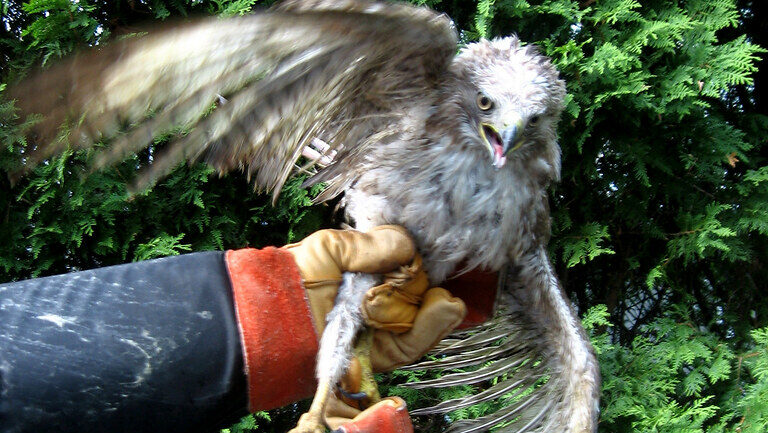
Professional help is necessary if the bird shows signs of serious injury or fails to recover after a few hours in the recovery box. Signs indicating the need for expert intervention include visible blood or wounds, broken wings or legs, closed or swollen eyes, labored breathing, or inability to stand upright. Neurological symptoms such as head tilting, circling, or seizures also warrant immediate professional attention. Before an emergency occurs, research and save contact information for local wildlife rehabilitators, raptor centers, or avian veterinarians. Many areas have wildlife hotlines that can direct you to the nearest appropriate resource, and some rehabilitators may offer pickup services for injured wildlife if transportation is a challenge.
Legal Considerations When Helping Birds

In the United States, most wild birds are protected under the Migratory Bird Treaty Act, making it illegal to possess, transport, or care for them without proper permits. This legislation exists to ensure wild birds receive appropriate care from qualified individuals. While providing temporary emergency assistance to an injured bird is generally acceptable, keeping a wild bird for an extended period without proper authorization is against federal law. Native species, including common backyard birds like robins, cardinals, and finches, all fall under these protections. Contact a licensed wildlife rehabilitator as soon as possible to ensure you’re staying within legal boundaries while helping the bird receive proper care.
Preventing Future Window Collisions
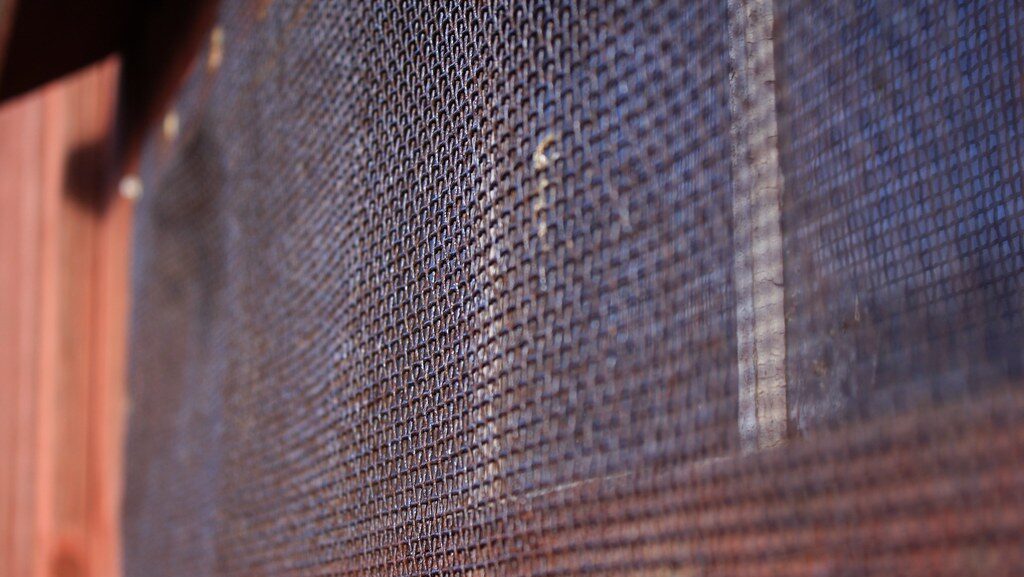
After addressing an immediate collision, taking steps to prevent future incidents is crucial. External window screens or netting create a physical barrier that cushions impact if birds still attempt to fly through. Commercial products like bird tape, decals, or films that create visible patterns for birds while remaining aesthetically pleasing for humans are widely available. For maximum effectiveness, visual deterrents should be spaced no more than 2 inches apart horizontally or 4 inches vertically—birds will attempt to fly through larger gaps. Relocating bird feeders and baths either within 3 feet of windows (too close for birds to gain dangerous momentum) or more than 30 feet away (far enough to reduce reflection confusion) can significantly reduce collision risk.
DIY Window Treatments to Protect Birds
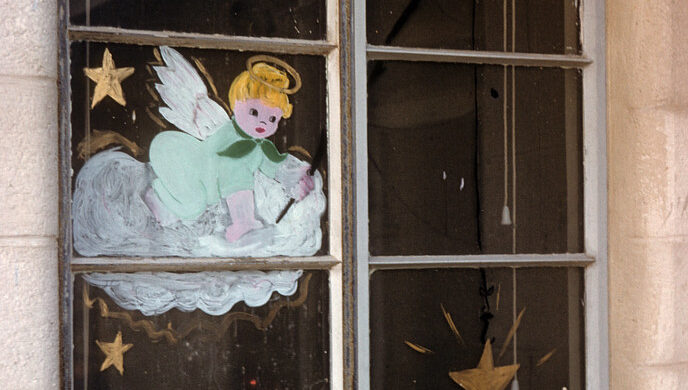
Cost-effective homemade solutions can be highly effective in preventing bird collisions. Tempera paint or washable window markers can be used to create patterns on exterior window surfaces, providing visual cues for birds while being easily removed later. Hanging strings of beads, paracord, or even strips of material like nylon stockings on the outside of windows, spaced no more than two inches apart, creates movement and visibility that birds can detect. Soap or non-toxic window chalk applied in a pattern on exterior window surfaces during high-risk migration periods provides temporary protection. Even simple solutions like keeping blinds half-closed or hanging decorative sun-catchers can help break up reflections that confuse birds.
Seasonal Considerations for Bird Protection
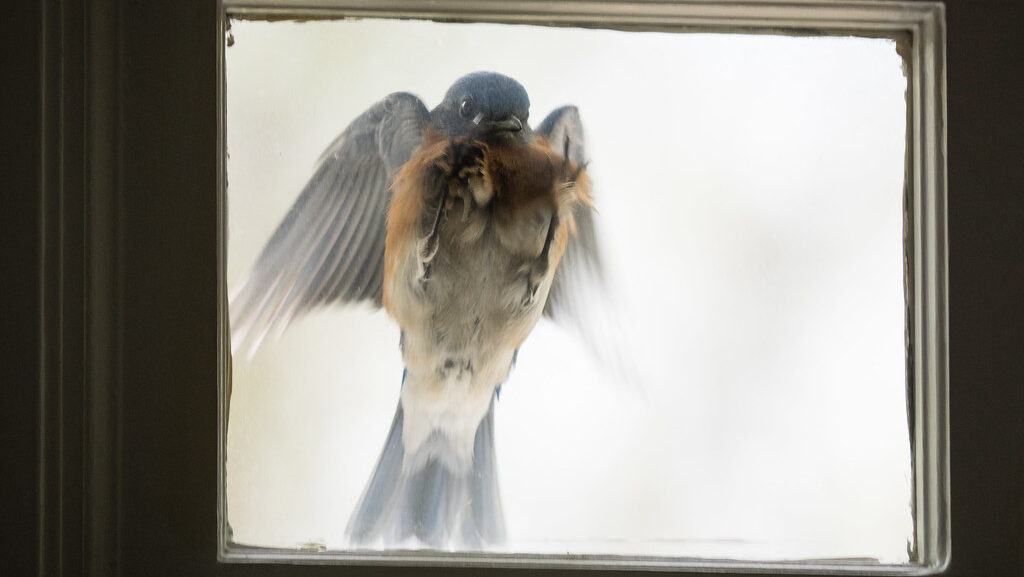
Bird-window collision risk varies significantly throughout the year, requiring adaptive prevention strategies. Spring (March-May) and fall (August-October) migration periods see dramatically increased collision rates as millions of birds travel through unfamiliar territories. During these peak danger times, implementing additional window treatments or keeping exterior lights off at night can save countless bird lives. Early spring also brings territorial defense behaviors, when male birds may repeatedly attack their reflections in windows, sometimes injuring themselves in the process. The breeding season introduces inexperienced juvenile birds into the environment, who have higher collision rates due to undeveloped flight skills and lack of familiarity with man-made structures.
Landscaping Strategies to Reduce Collisions
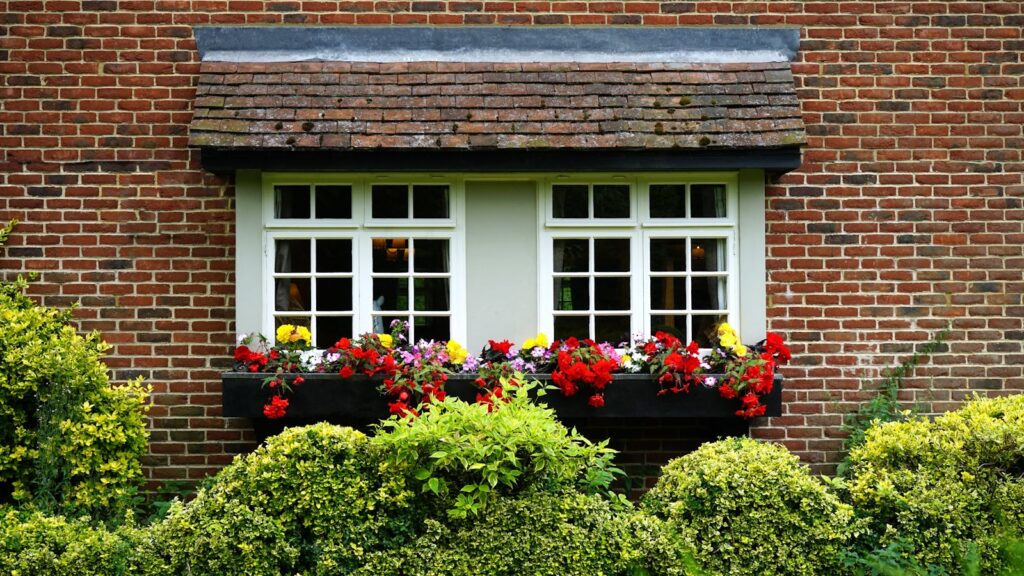
Thoughtful landscape design can significantly reduce window strikes by manipulating how birds navigate around your home. Place trees, shrubs, and other landscaping features either very close to windows or more than 30 feet away to eliminate the dangerous middle zone where birds build up flight momentum. Consider installing dense plantings several feet from problematic windows to create a visual barrier that prevents direct flight paths. Choose plant species that don’t produce berries or fruits directly opposite windows, as these can attract birds to dangerous flight paths. Creating alternative attractive habitat areas away from windows with dense shrubs, native plants, and water features can naturally draw bird activity to safer areas of your yard.
Night Lighting Adjustments to Protect Migrating Birds
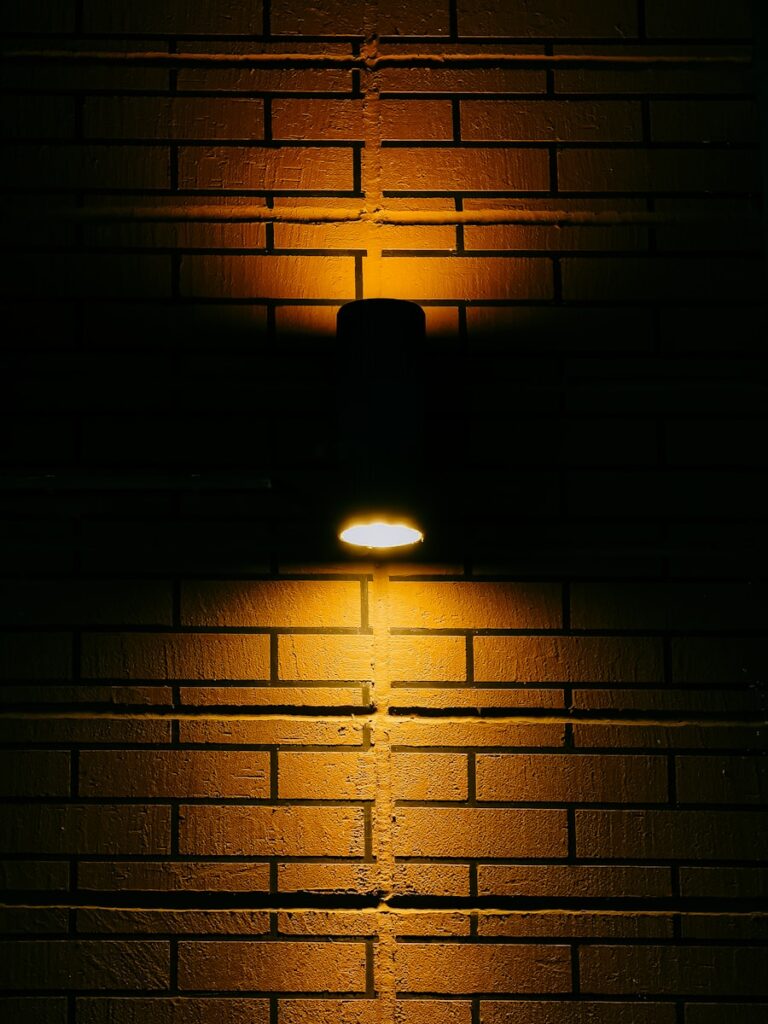
Nocturnal light pollution disorients migrating birds, often with fatal consequences when they’re drawn toward illuminated buildings. Turning off unnecessary exterior and interior lights during peak migration months (March-May and August-October) is one of the most effective ways to protect night-migrating species. For necessary lighting, consider installing motion sensors, timers, or shields that direct light downward rather than outward or upward. Replace broad-spectrum white lights with warmer, yellow-toned bulbs that are less attractive to insects and consequently less attractive to the birds that feed on them. Many cities now participate in “Lights Out” programs during migration seasons, with residents and businesses collectively reducing nighttime lighting to create safer passage for migrating birds.
Community and Conservation Efforts
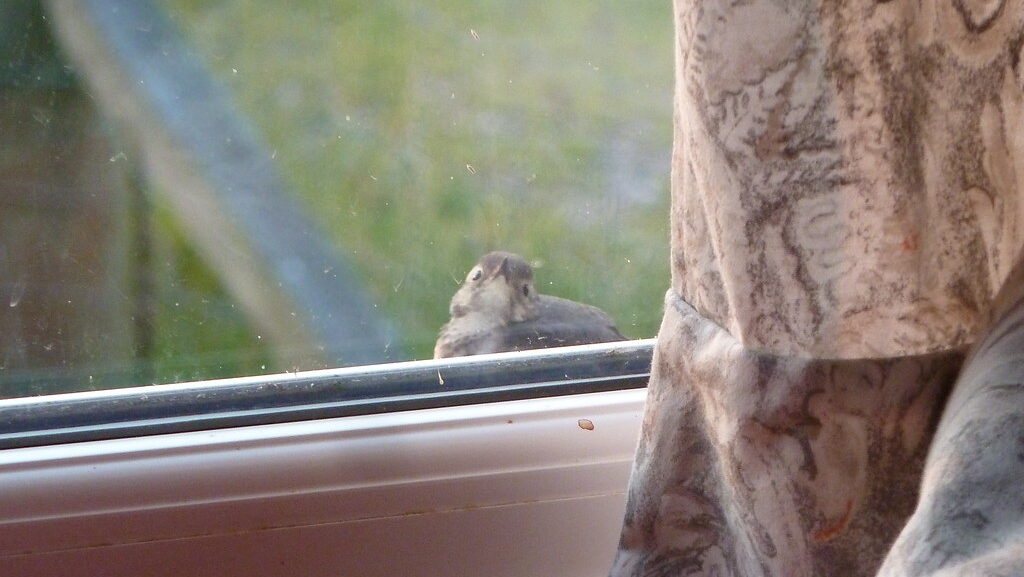
Bird-window collisions represent a significant conservation issue that benefits from collective action. Consider participating in citizen science projects like the Fatal Light Awareness Program (FLAP) or local bird strike monitoring initiatives that collect data on collision patterns and contribute to broader research efforts. Advocate for bird-friendly building guidelines in your community by contacting local representatives, attending zoning meetings, or supporting ordinances that require bird-safe glass in new construction. Share your knowledge about bird collision prevention with neighbors, particularly those whose properties experience frequent strikes. Many community nature centers and Audubon chapters offer educational programs and resources about creating bird-safe environments that extend protection beyond individual properties.
Conclusion
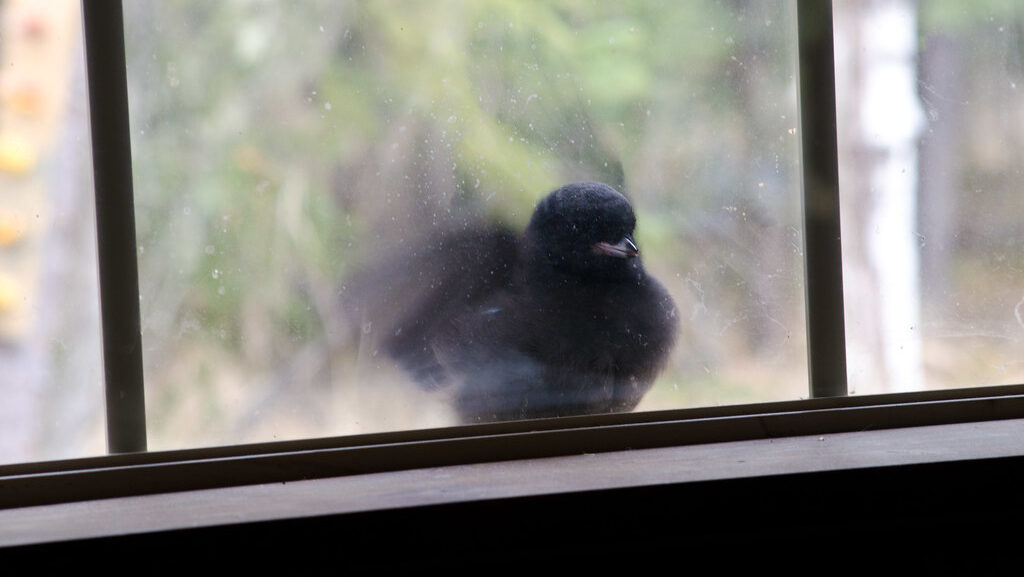
Window collisions represent one of the largest human-caused threats to bird populations, but with proper knowledge and action, we can significantly reduce this toll. When a bird strikes your window, your quick and informed response may save its life. By implementing preventative measures, you contribute to wider conservation efforts that help preserve bird populations for future generations. Remember that even small changes to your home’s windows and surroundings can make a significant difference in creating a safer environment for the birds that share our communities and bring natural beauty to our daily lives.
